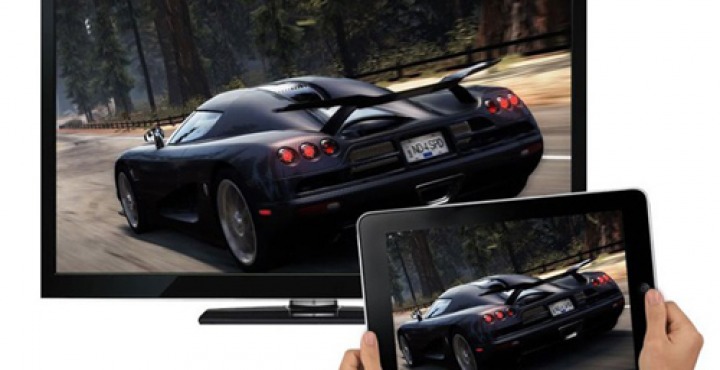NEWS: Wirelessly mirror Notebooks or phones to a TV
Recently a number of people asked me for simpler ways to connect a variety of different devices to TV’s.
Whether it is for presentations in the board room or just playing Netflix and photos at home, shedding the need for cables while making it easy for anyone to connect is a cool idea…and Miracast is a protocol or standard for doing just this.
While it’s very easy to do, many people aren’t aware they already have everything they need to do it now.
Most smart TV’s have Miracast built into them already and most relatively new Windows notebooks also support Miracast, as do Android phones and tablets. You don’t even need a wireless network as Miracast creates its own direct device to device connection.
Don’t have a Smart TV or using iPhone?
There’s a number of inexpensive dongles you can plug into the TV that support Miracast. These typically look like an oversized USB stick and plug into HDMI ports on your TV.
Some of the better known ones include the Microsoft Wireless Display Adaptor, Netgear Push2TV as well as options from Asus, Belkin & Samsung. A number of Media Players people already have connected to their TV also support mirroring.
Some dongles also support Apple Airplay giving iPhone & iPad users similar functionality too.
How to do it
Different TV brands call it by different names such as LG ‘Screen share’ and Samsung ‘AllShare’. Irrespective of what it’s called, you typically use the input button on your remote control to access a Screen Mirroring or Casting function.
On a Windows PC you typically need to do some, or all of the following:
- Go to the Settings menu
- Enable WiFi Direct (may already be enabled)
- Set password from your TV (not always required)
- Add Device
- Connect Wireless Display
- Select Smart TV (you may need to accept this on the TV)
Android devices have intuitive setup procedures, but they vary between brands and models. If your device doesn’t have a simple “quick connect” function, just go to “Settings” and you’ll find a ‘Device connection’ and/or ‘Screen mirroring’ function.
What about Google Chromecast?
While easy to get up and running, Chromecast is limited to displaying specific applications, not mirroring your entire screen. It also struggles playing some types of content too.
My advice, give it a try. You’ll be surprised by how simple it can be and the number of things you can use it for!
